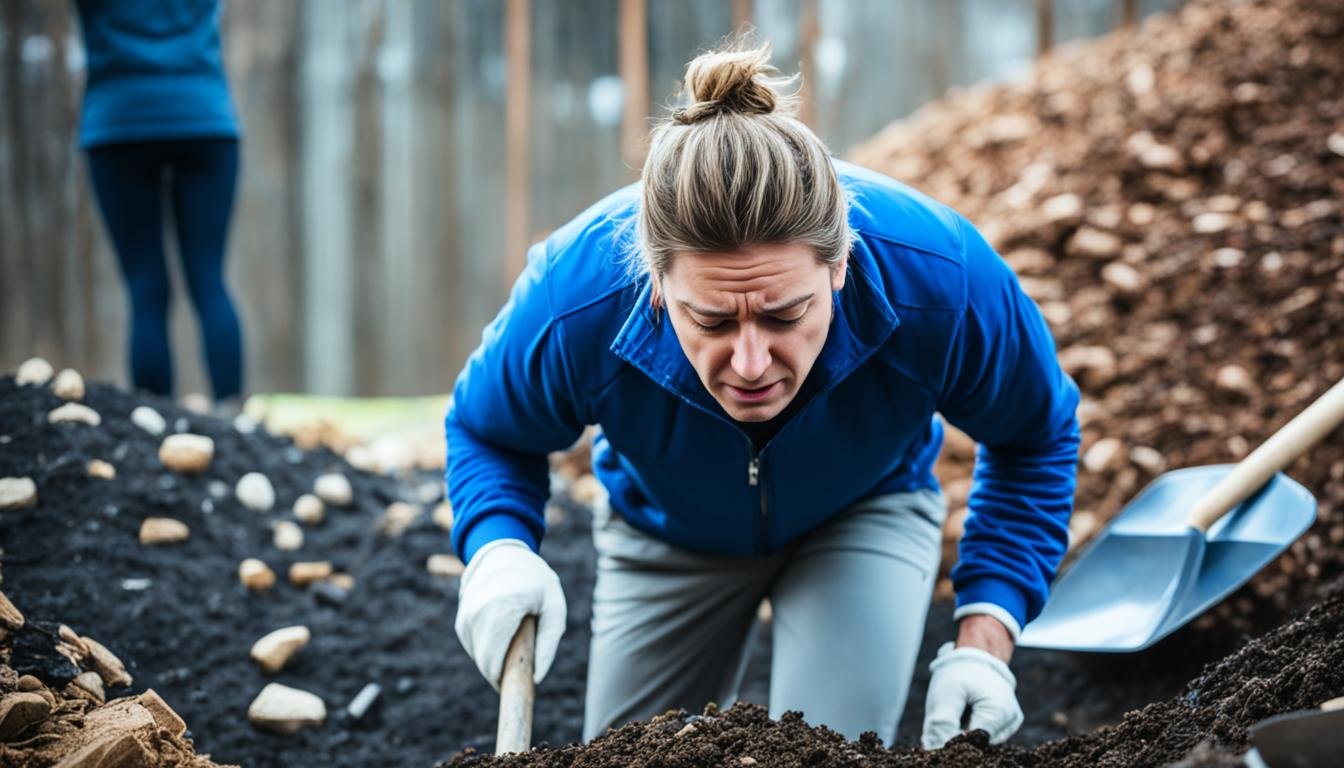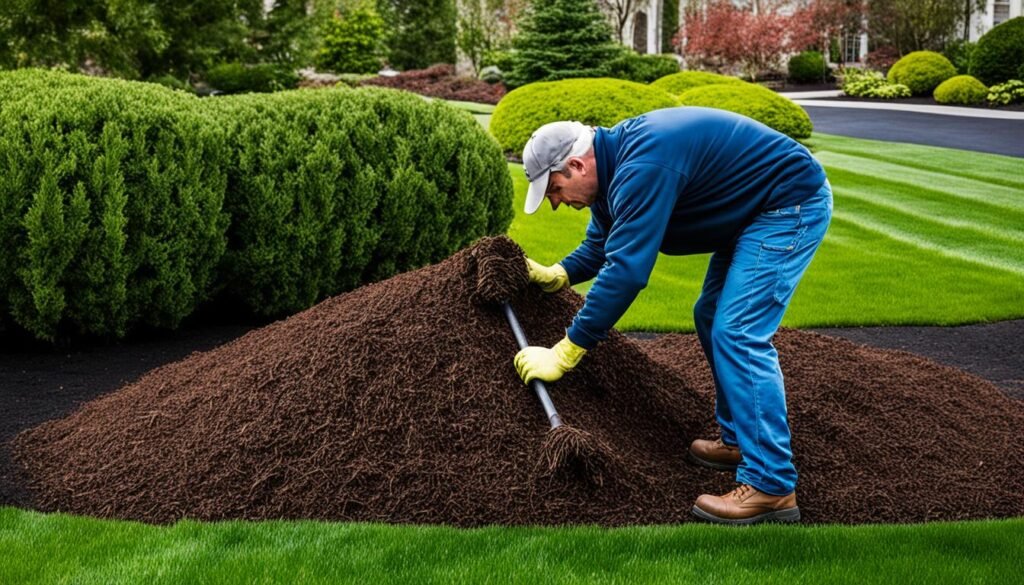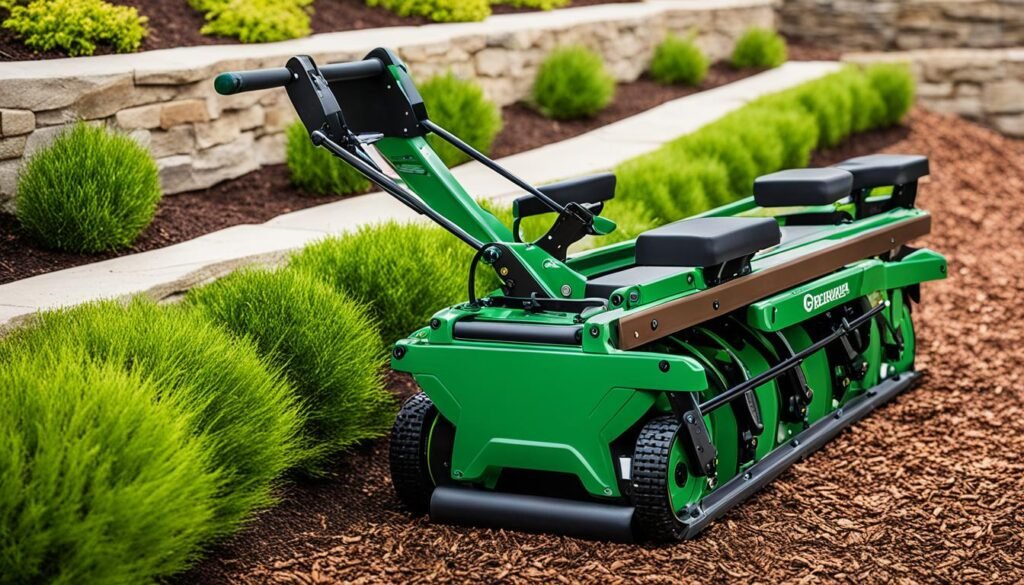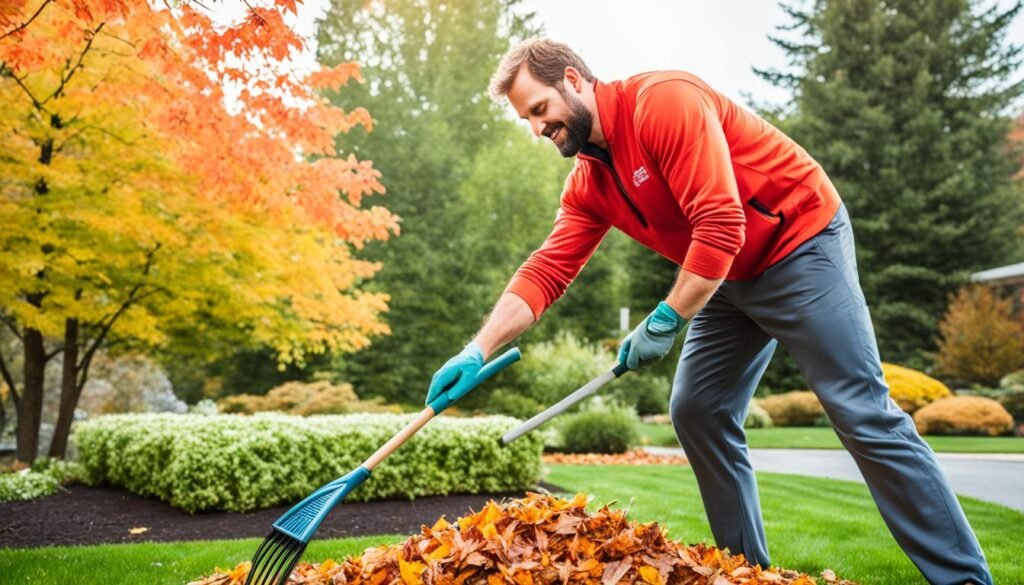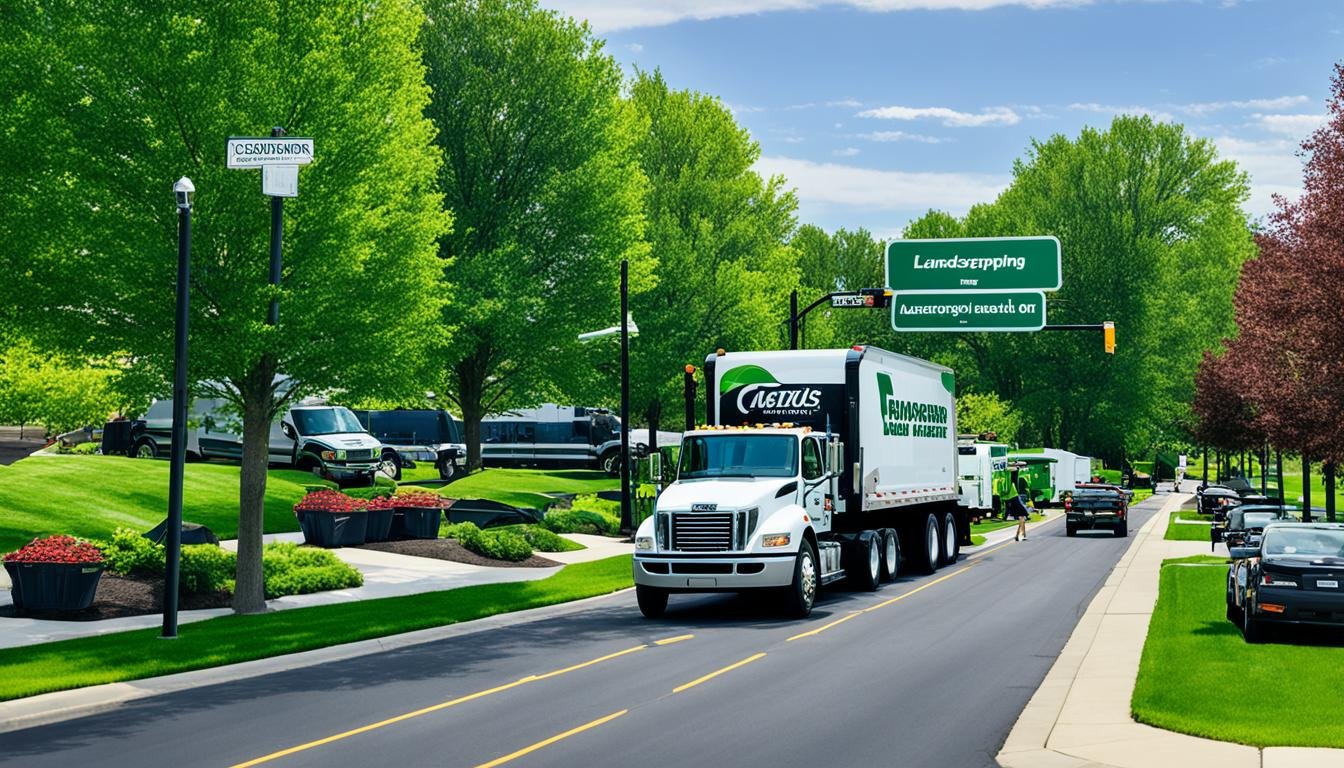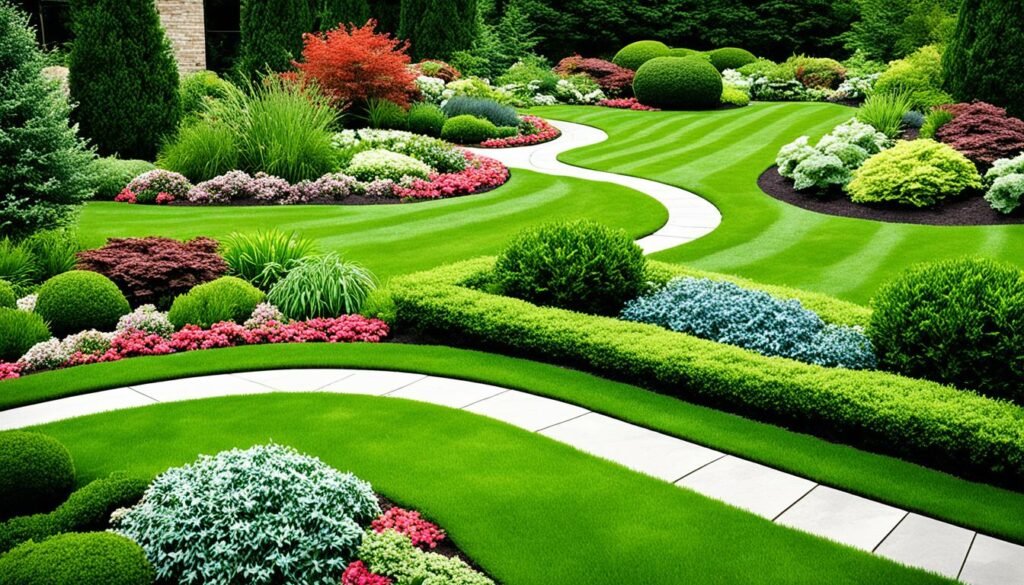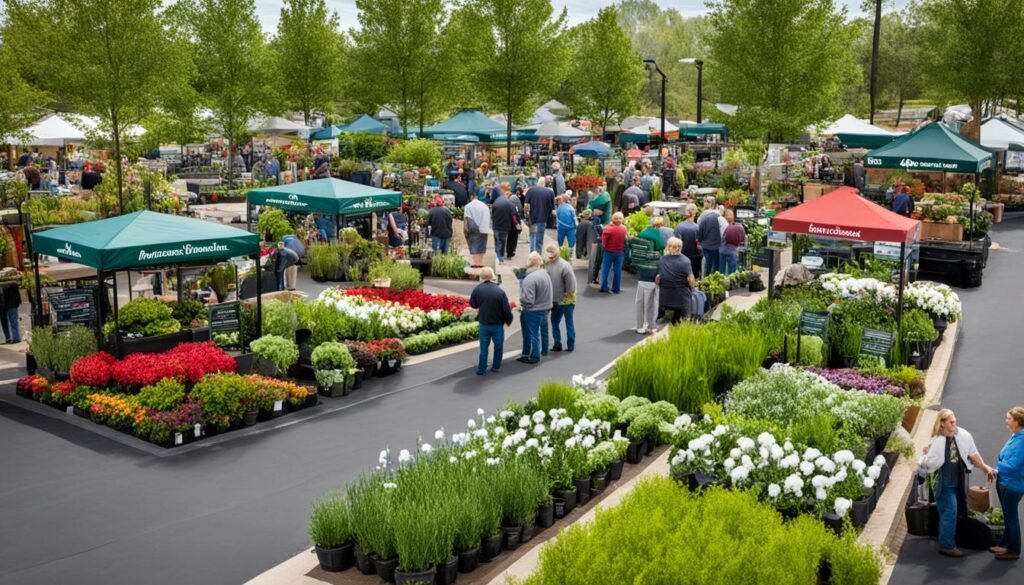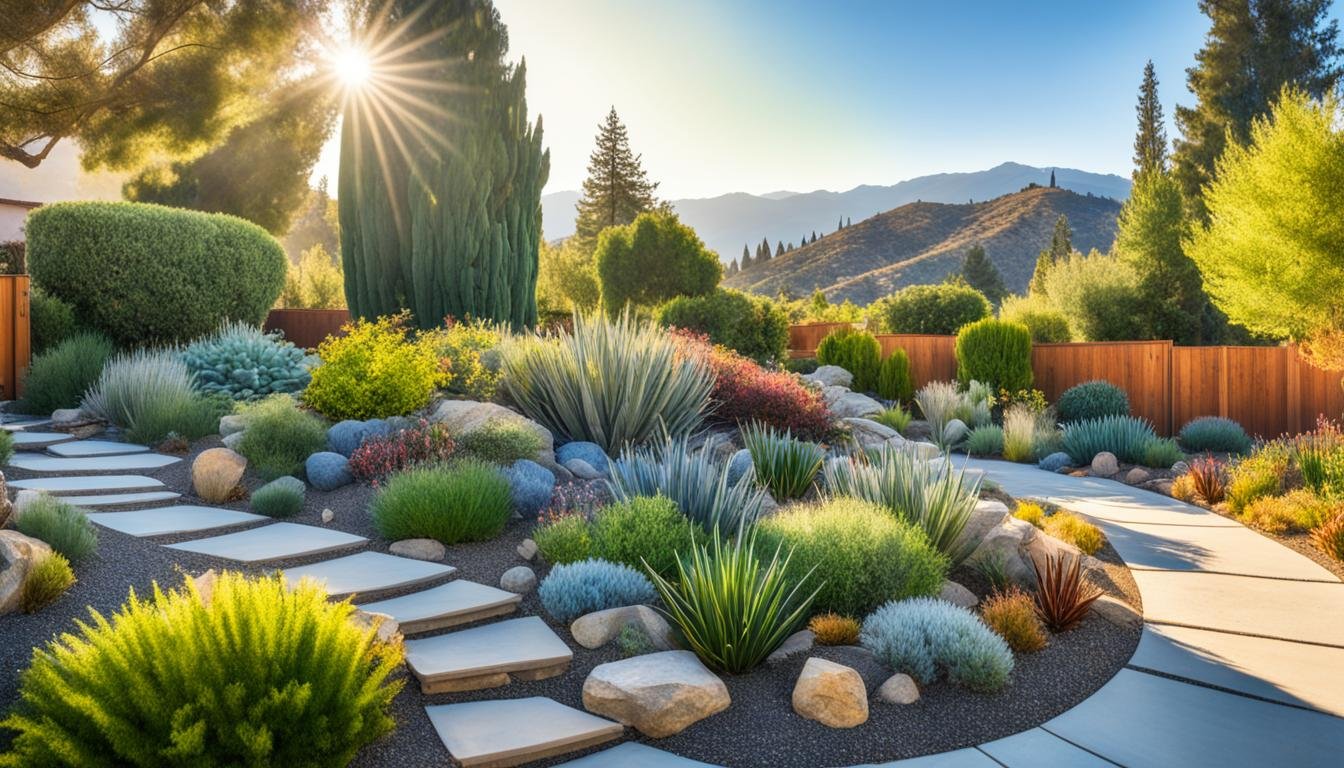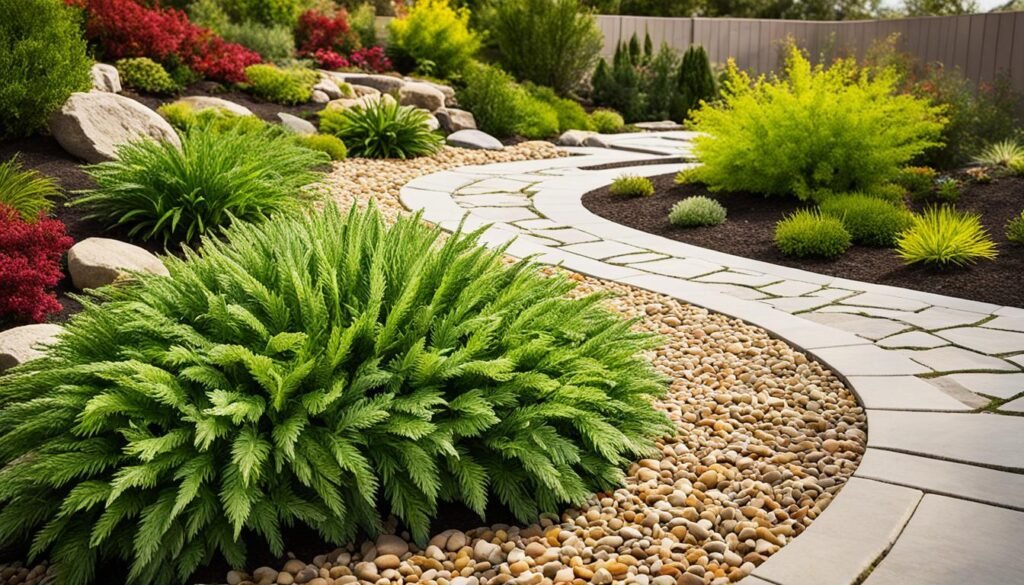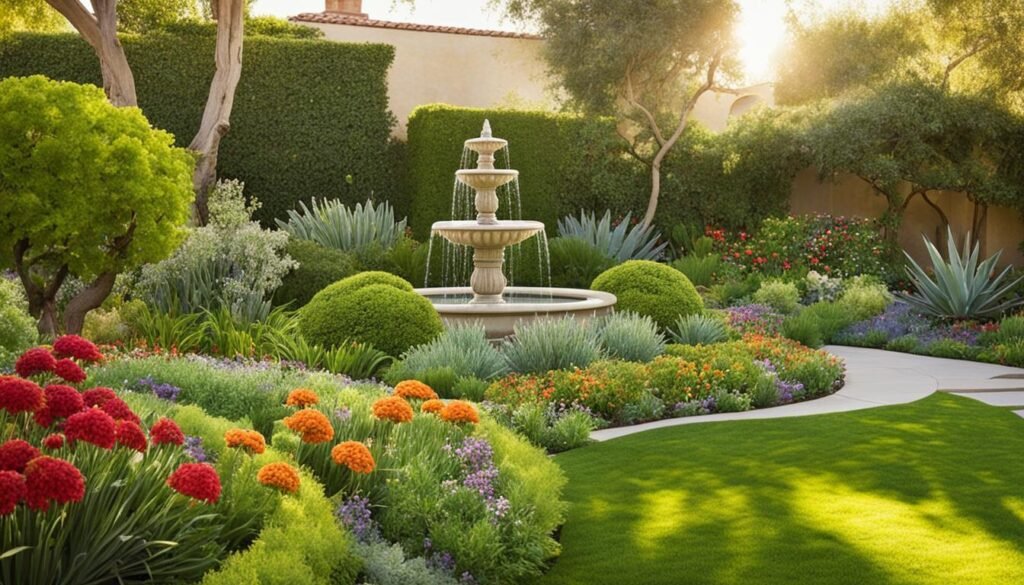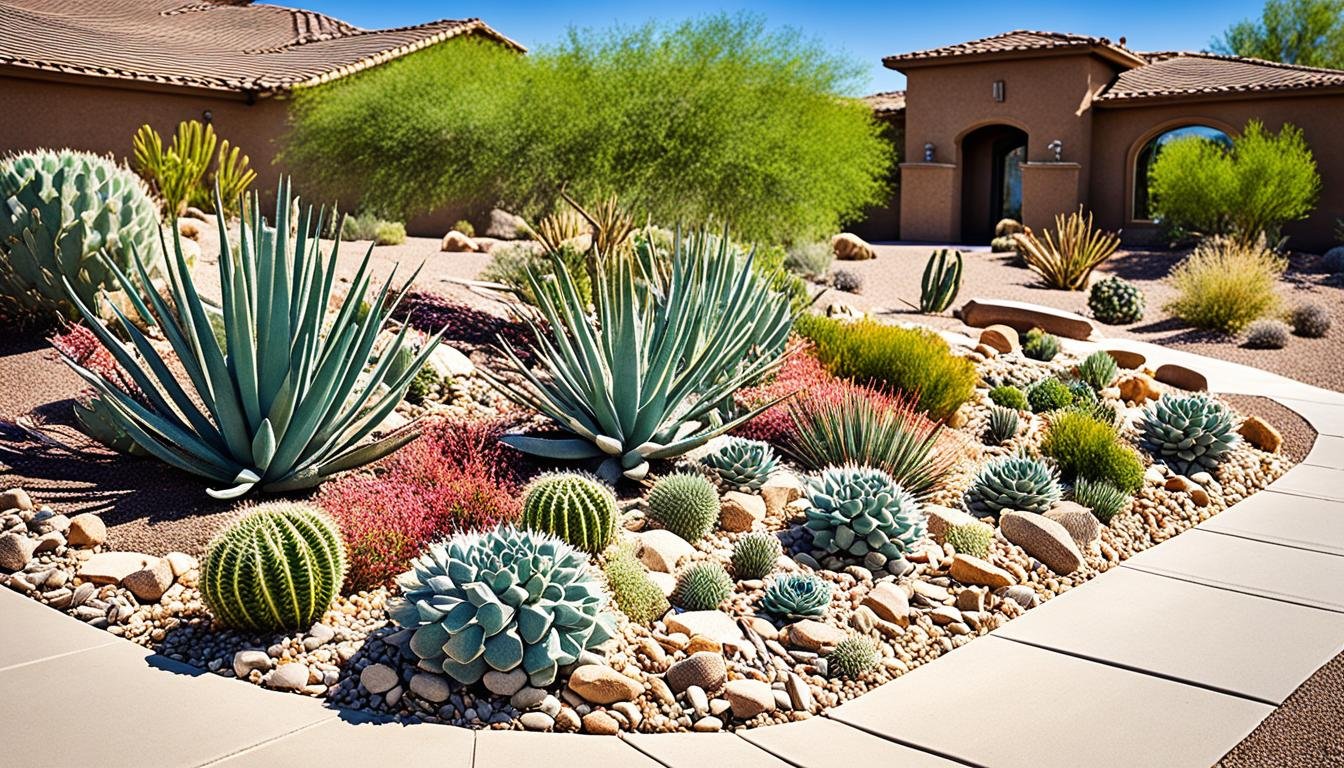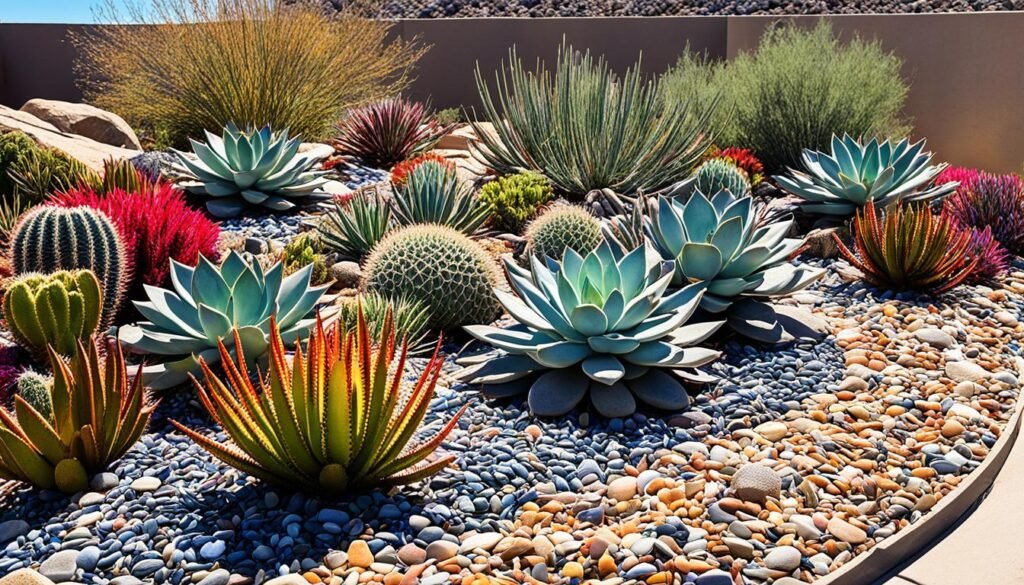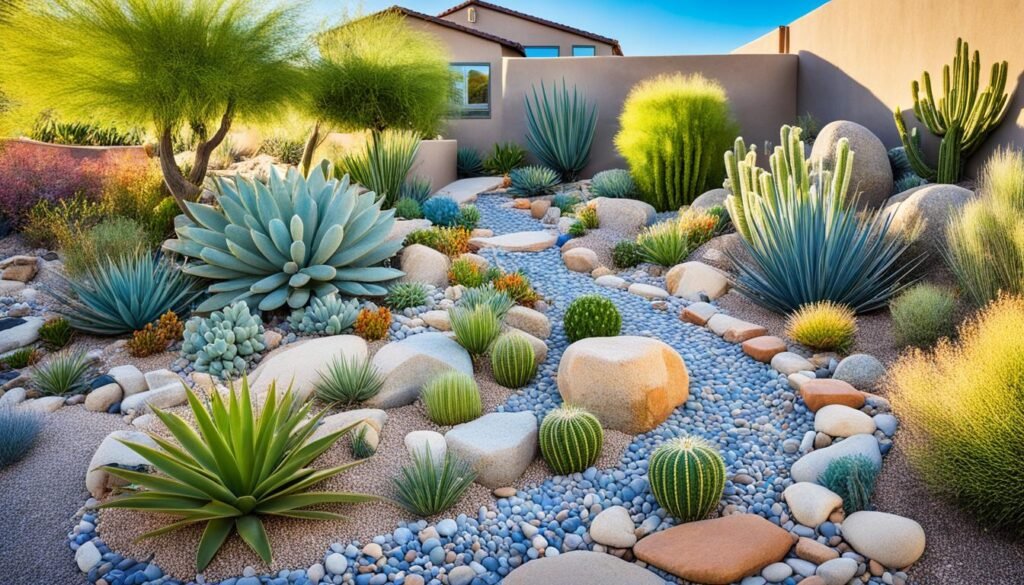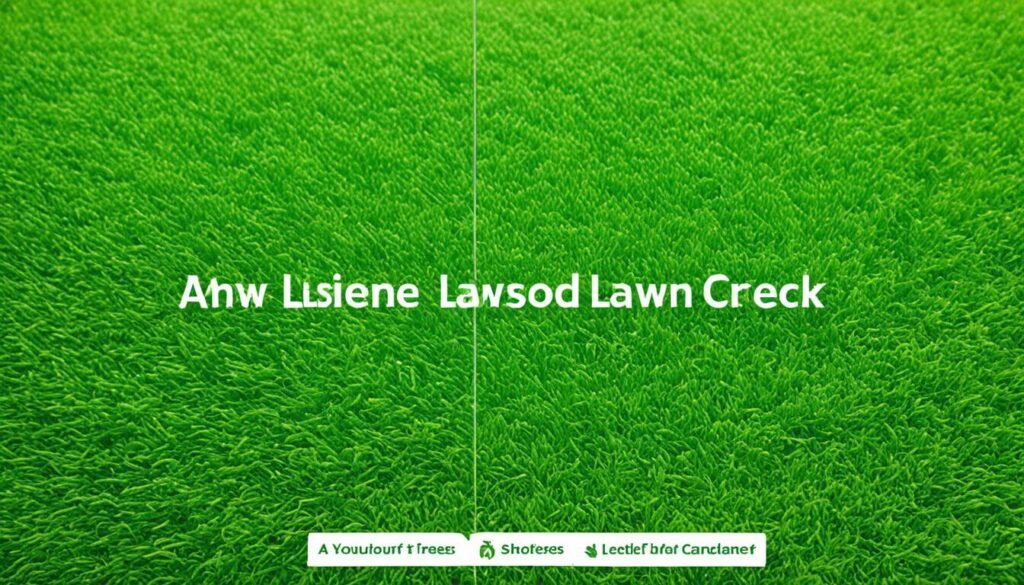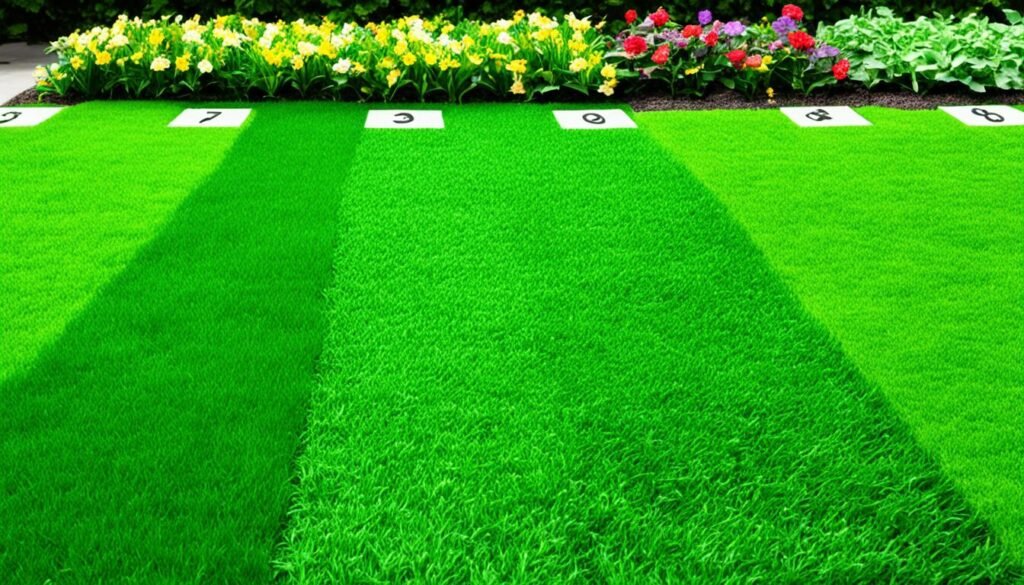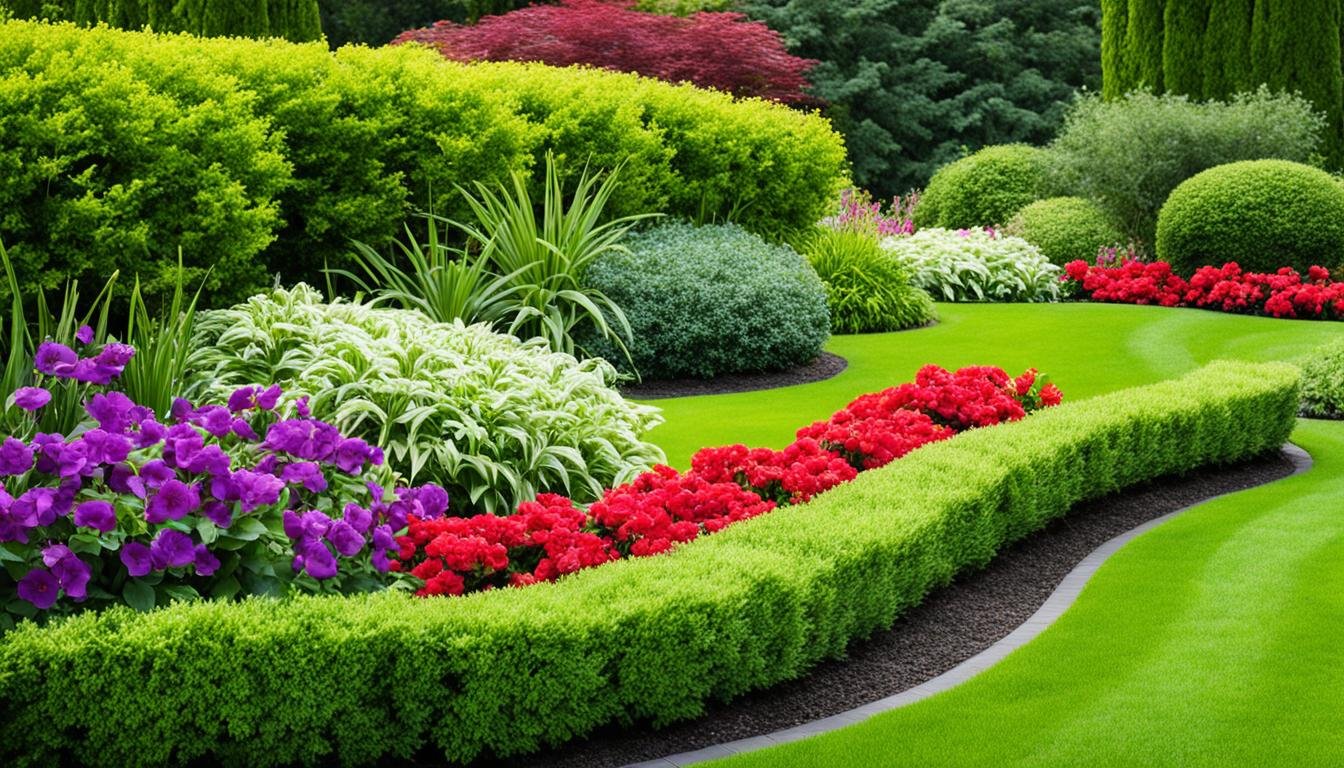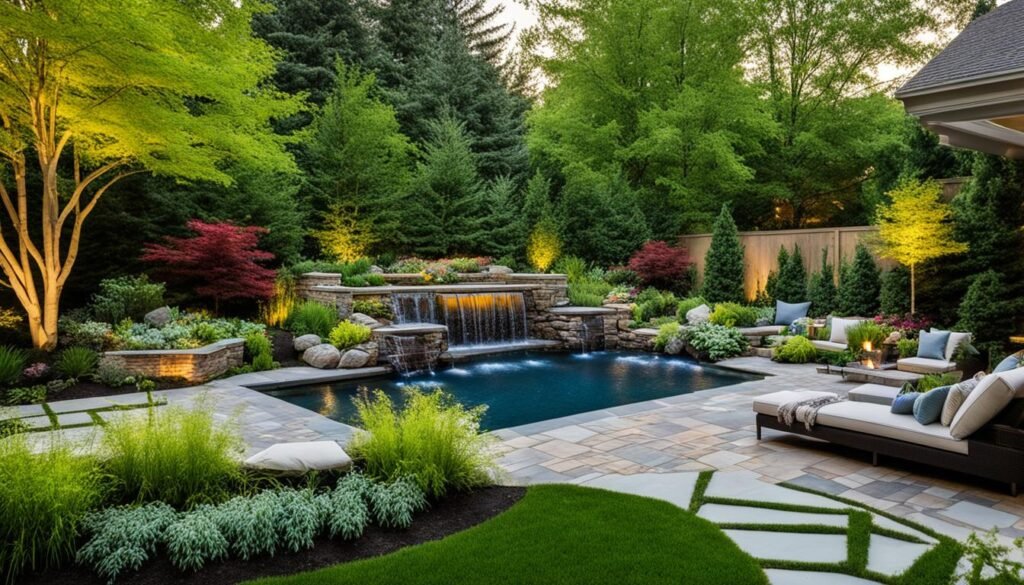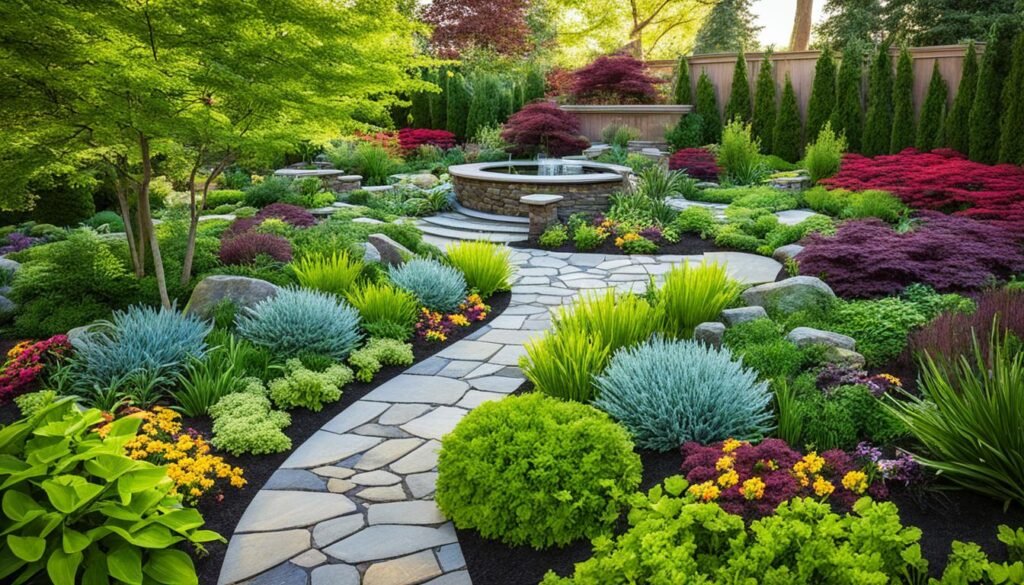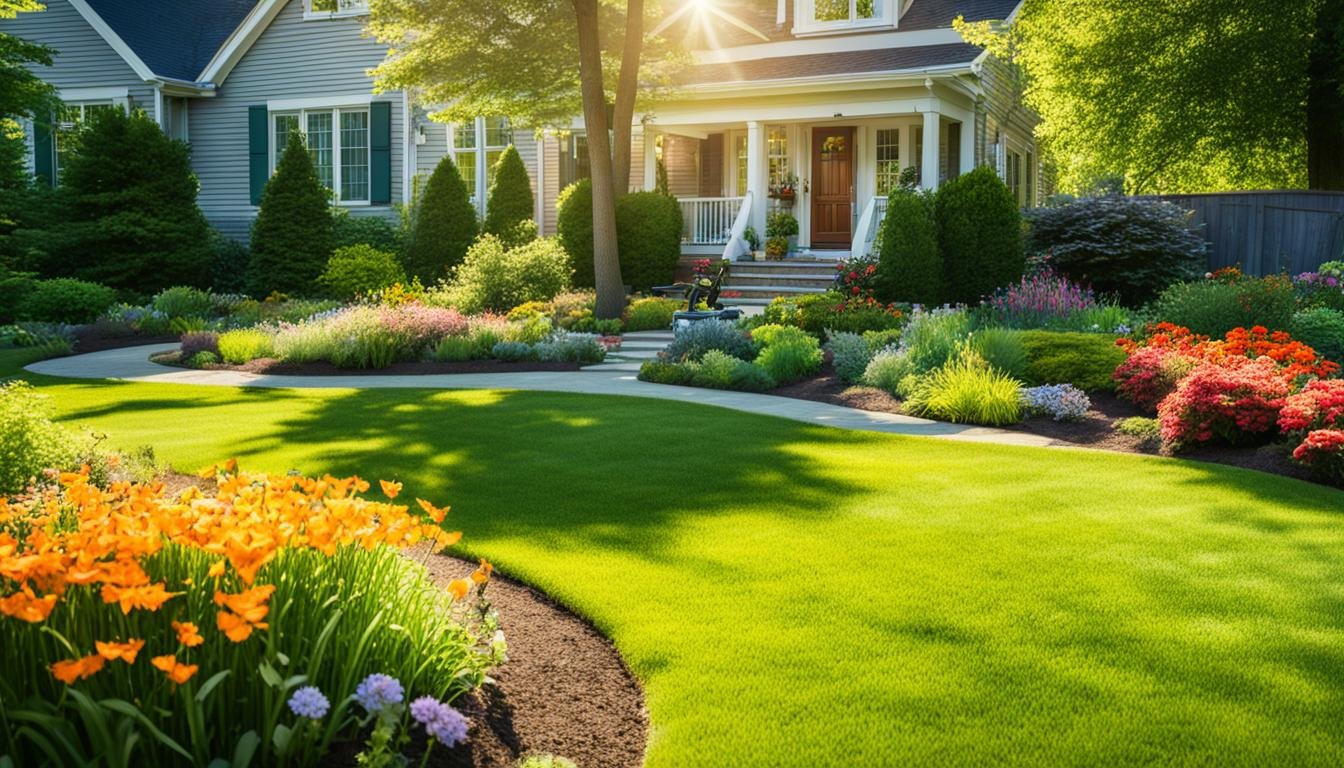The landscaping industry is filled with diverse risks, much like the green places you grow. There’s the peril of fatal accidents with machinery and tools. Also, dangers like electrocution and heat illnesses threaten your team’s safety every day. Yet, you can tackle these hurdles. With the right plans, you’ll shield your business and look after your employees for the long haul.
Key Takeaways
- The landscaping industry faces a range of workplace hazards, including cuts, amputations, and machinery-related injuries.
- Electrical hazards and heat-related illnesses pose significant risks to landscaping workers.
- Environmental and ergonomic factors, such as weather conditions and improper lifting, can also contribute to injuries and operational challenges.
- Additional risks in the industry include liability concerns, equipment maintenance, and financial management issues.
- Proactive risk management and safety protocols are crucial for the long-term success and sustainability of landscaping businesses.
Potential Hazards and Workplace Risks
Landscaping is a tough job with many risks. Workers use lots of tools and machines which can be dangerous. The Occupational Safety and Health Administration (OSHA) says common dangers include being hurt by tools like stone cutters and wood chippers. To stay safe, employees need to have the right training, follow safety rules, and wear protective gear.
Cuts, Amputations, and Machinery-Related Injuries
The Fatality Assessmentand Control Evaluation (FACE) program has seen deadly accidents in landscaping. These were often because of machines and tools. It’s critical for landscapers to be very careful when using hand or power tools to prevent severe injuries like cuts and amputations.
Electrical Hazards
Working near power lines is risky because of the chance of electrocution. OSHA sets rules to keep workers safe, like how close they can be to power lines. The FACE program has also seen deaths from contact with power lines, like when trees touched them.
| Workplace Hazard | Potential Injury | Preventive Measures |
|---|---|---|
| Unguarded machinery | Cuts, amputations | Safety training, use of PPE |
| Overhead power lines | Electrocution | OSHA regulations, minimum approach distances |
| Heat exposure | Heat-related illnesses | Hydration, rest breaks, heat-protective clothing |
| Noise exposure | Hearing loss | Hearing protection, equipment maintenance |
| Biological hazards | Vector-borne diseases, venomous wildlife | Awareness, insect repellent, first aid training |
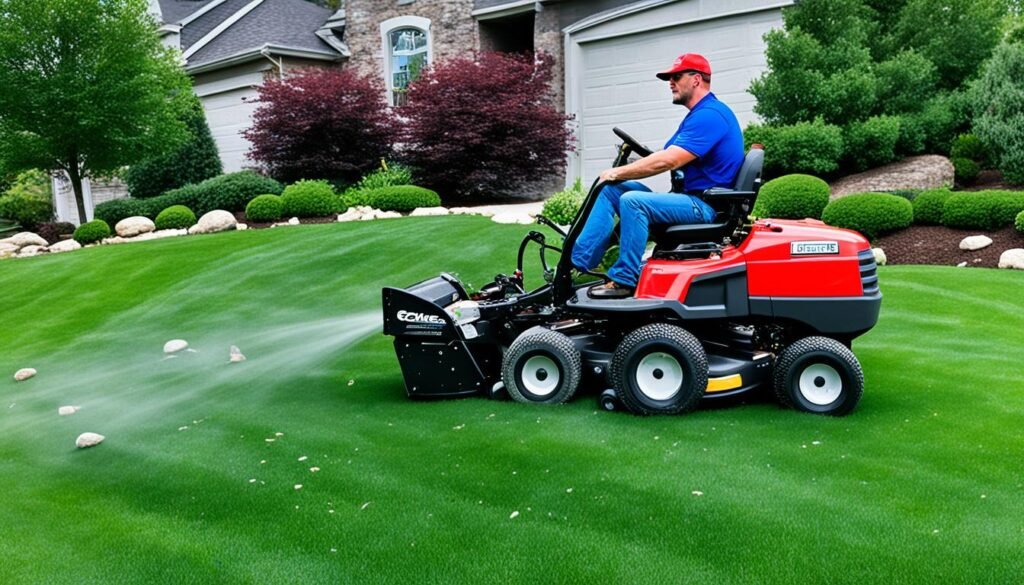
“Workplace safety must be the top priority in the landscaping industry, as the risks of cuts, amputations, and electrocution are ever-present. Rigorous training, OSHA compliance, and the use of personal protective equipment are essential to protecting workers and preventing catastrophic incidents.”
Environmental and Ergonomic Risks
Landscaping work puts workers in danger from environmental and ergonomic risks. These risks can badly affect their health. Things like extreme heat and cold, as well as the chance of slipping or falling, are all dangers in this field. It’s crucial to take steps to keep these risks as low as possible.
The extreme heat in landscaping is a big issue. Research shows that gardeners often face heat illnesses. They gave heat stress a score of 3.79 out of 5. Dehydration is also a real risk, with a score of 2.61. This shows how important it is for workers to drink lots of water, following NIOSH’s advice to have a cup every 15 to 20 minutes when it’s hot. And it’s not just the heat. Noise and breathing problems can also harm workers.
Then, there are the ergonomic risks. Musculoskeletal disorders are common and come from doing the same motions over and over, having to bend or lift too much. A survey found that gardeners rated the risk of these disorders at 4.56 out of 5 when their posture wasn’t right. This issue is made worse by tasks like weeding, which can mean hours of being in uncomfortable positions every day.
| Activity | Average Time Spent Per Day | Predominant Postures |
|---|---|---|
| Weeding | 6.26 hours | Squatting, sitting, bending |
| Bed Preparation | 4 hours | Squatting, standing, bending |
| Planting/Sowing | 4.35 hours | Sitting, squatting, bending |
| Watering | 3.5 hours | Standing |
| Pruning | 4.5 hours | Standing, bending, twisting |
| Cleaning | 3 hours | Standing, bending |
| Spraying | 2 hours | Standing |
To tackle these risks, it’s vital to follow OSHA guidelines, have proper safety training, and use the best ergonomic practices. This involves wearing protective gear, keeping the workplace clean, and using tools that are good for the body, like seats that absorb shock and tools that are easy to handle.
“Landscaping work exposes employees to a variety of environmental and ergonomic risks that can have serious implications for their health and well-being.”
By dealing with these dangers head-on, landscaping companies can safeguard their employees’ health and boost productivity. This effort helps cut down on injuries and time off work.
Additional Risks in the Landscaping Industry
Landscaping companies face dangers beyond the usual work and environment risks. These threats can greatly affect their business and money. It’s important to know and tackle these risks head-on for a landscaping business to thrive long-term.
Weather risks are a big worry for landscapers. Things like heavy rain, storms, or sudden cold snaps can harm materials. This can stop work, costing the company money. Being ready and having a plan for bad weather is crucial.
Loss or theft of valuable equipment is a big risk too. Landscaping gear are often expensive. They are prime targets for thieves or can get damaged if not stored or handled properly. Good security and having the right insurance coverage can help prevent big financial hits.
Auto accidents involving company cars or employees’ cars used for work are also a concern. Such accidents can cause injuries and damage, leading to legal trouble. Making sure there’s enough insurance and having driver safety programs are vital steps.
It’s also essential to have the right licenses and permits, and clear written contracts with clients. Skipping these could lead to big legal and financial problems. Taking care of these details helps protect the business.
By dealing with these extra risks proactively, landscaping firms can keep their money and reputation safe. Working with a good insurance broker is wise. They can spot and handle the unique risks that come with running a landscaping business. This ensures the business is ready for any surprises.
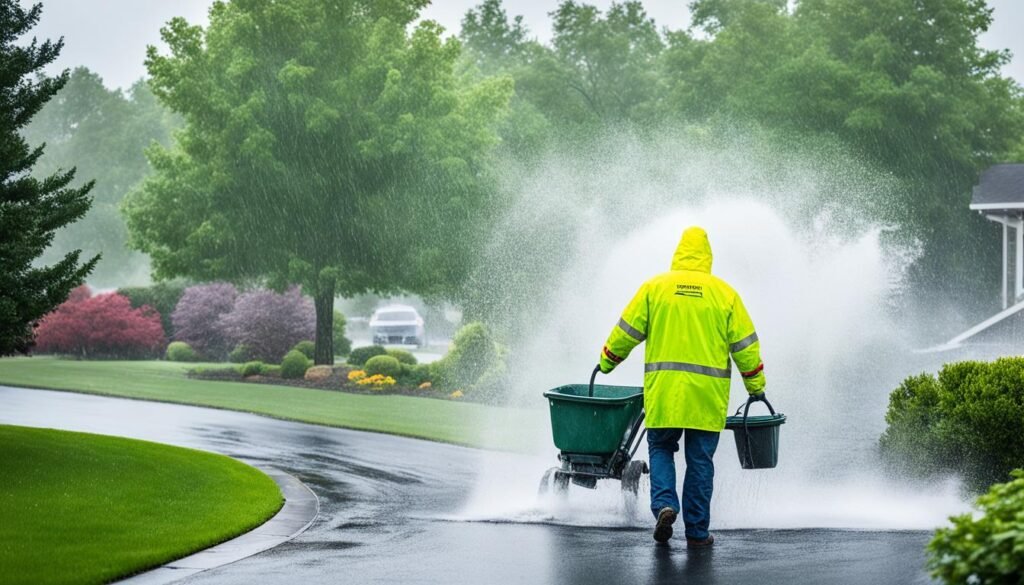
“Successful risk management is about anticipation and preparation, not just reaction.” – Unknown
Conclusion
The landscaping world is full of risks like work dangers, the environment, and legal issues. To keep your landscaping company successful and lasting, you must tackle these risks. Using strong safety practices, good insurance coverage, and smart business planning is key.
Looking at industry resources like OSHA’s advice, NIOSH’s findings, and special software for landscapers can help a lot. It helps keep your team safe, protects your stuff, and helps your business grow. Keeping a sharp eye on risk management not only makes your business safe but helps everyone involved and your local area too.
The landscaping field is always changing. To stay strong and make money, you have to know the newest trends and how to work best. By being active and thinking about risk management in a big picture way, you can overcome challenges and find success where others might not.
FAQ
What are the common workplace hazards in the landscaping industry?
Landscaping work uses many tools like stone cutters and power tools. This can be dangerous, leading to cuts and amputations. It’s important for workers to have safety training. They should also follow OSHA rules and wear the right protective gear.
How can landscaping companies mitigate electrical hazards?
Working near overhead power lines brings a risk of electric shock. This can be deadly. OSHA helps by setting rules on how close workers can get to power lines. These measures are taken to keep workers safe from electrical dangers.
What environmental and ergonomic risks do landscaping employees face?
Landscaping can make workers deal with hot or cold weather. They might also slip or fall. Lifting heavy items can cause body pain. OSHA’s guidelines and safety training help reduce these risks.
What additional risks do landscaping companies face?
Landscaping companies also worry about bad weather, equipment theft, and accidents. They must have good business practices. These include having contracts, getting the right permits, and having insurance. Such steps help protect the company from many risks.
Source Links
- https://www.osha.gov/landscaping/hazards
- https://www.youraspire.com/blog/why-landscaping-businesses-fail
- https://citizensgeneral.com/landscaping-business-risks-you-need-to-know-about/
- https://www.contractornerd.com/landscaping-insurance/steps-to-reduce-workplace-hazards-and-workers-compensation-claims/
- https://blogs.cdc.gov/niosh-science-blog/2021/08/06/rhabdo-landscaping/
- https://www.cdc.gov/niosh/topics/outdoor/default.html
- https://www.ncbi.nlm.nih.gov/pmc/articles/PMC8380128/
- https://mcclureergonomics.com/ergonomics-and-lawncare-safety/
- https://iskv.in/wp-content/themes/iskv/volume-pdfs/a89d437739f04003448d8e842a42256bJournal of Krishi Vigyan 11 (2)_pages16-422_Part19.pdf
- https://smallbusiness.chron.com/risks-landscaping-business-65169.html
- https://kdlandscapeinc.com/blog/common-industrial-landscaping-problems-solutions
- https://gdiinsurance.com/blog/top-risks-for-landscaping-companies/
- https://www.ncbi.nlm.nih.gov/pmc/articles/PMC6334070/
- https://www.ringcentral.com/how-to-start-a-business/heres-all-that-theres-to-know-about-starting-a-thriving-lawn-care-business/
- https://archovavisuals.com/are-landscape-timbers-treated-for-safety/


